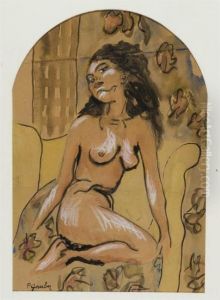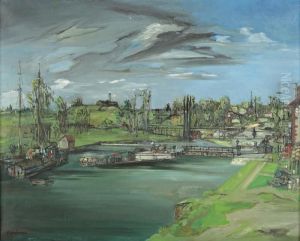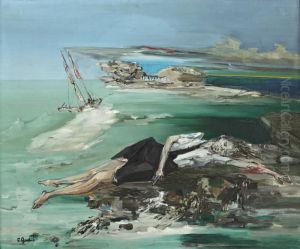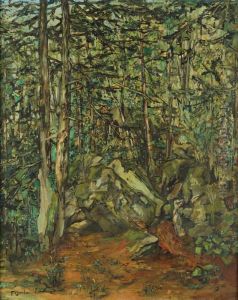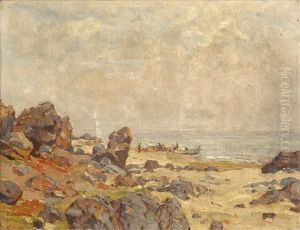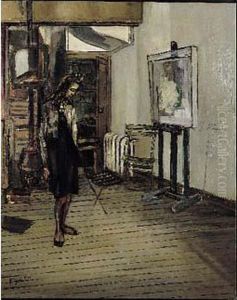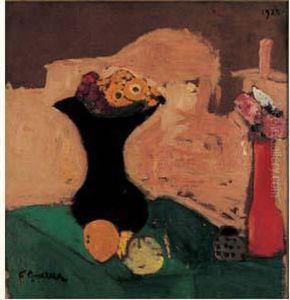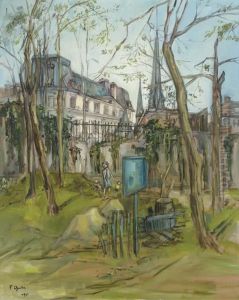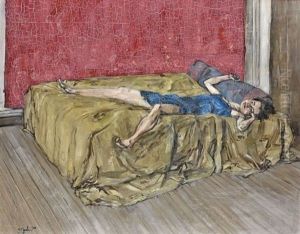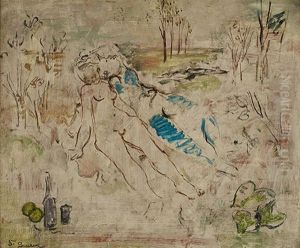Francis Gruber Paintings
Francis Gruber was a French painter, born in 1912 in Paris, France. He was the son of the renowned sculptor Jean-Jacques Gruber, which exposed him to the world of arts from an early age. Gruber's style is often associated with the movement known as Expressionism, although his work was unique and did not strictly adhere to any single artistic movement.
Gruber's early artistic education was influenced by his father’s work and the artistic environment that surrounded him. Despite this, he did not immediately pursue an artistic career. It wasn't until after he had a severe health crisis that he dedicated himself completely to painting. His experiences with illness and suffering would become recurring themes in his work.
The 1930s marked a significant period in Gruber's development as an artist. He began to exhibit his work in Paris, participating in various salons and exhibitions. His work from this period reflects the social and political unrest of the time, characterized by dark tones, distorted figures, and a sense of anguish. Gruber's paintings often depicted the human form in states of despair and isolation, resonating with the existential angst that was prevalent in Europe during the lead-up to World War II.
During World War II, Gruber's work took on a more somber and reflective tone, as he was deeply affected by the horrors of the war and the Occupation of France. His paintings from this era often reflect the bleakness of the period, with skeletal figures and stark, desolate landscapes. Despite the difficult circumstances, he continued to paint and exhibit his work, and his reputation as an important figure in French art began to solidify.
Tragically, Francis Gruber's life and career were cut short when he died in 1948 at the young age of 36. Though his career spanned only a brief period, Gruber's intense and emotional work had a significant impact on post-war French painting. He is remembered for his expressive portrayal of human suffering and his raw, powerful aesthetic that communicated the anguish of his era. His legacy lives on through his influential body of work, which continues to be studied and admired for its emotional depth and artistic integrity.

